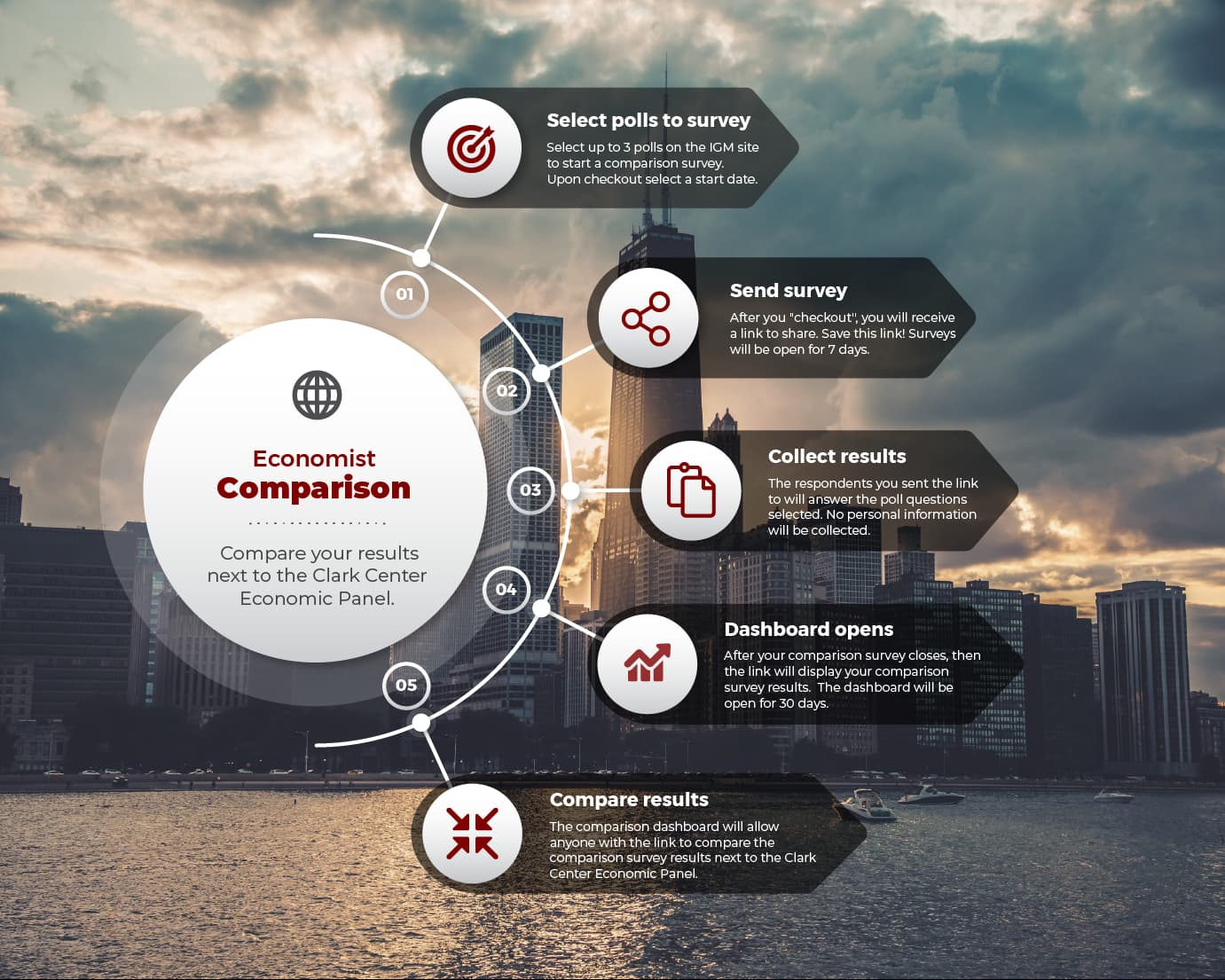Looking back from 1919, the economist John Maynard Keynes wrote of the pre-Great War world as a high point of what would now be termed globalization.
As he set out in the Economic Consequences of the Peace:
“The inhabitant of London could order by telephone, sipping his morning tea in bed, the various products of the whole earth, in such quantity as he might see fit, and reasonably expect their early delivery upon his doorstep; he could at the same moment and by the same means adventure his wealth in the natural resources and new enterprises of any quarter of the world, and share, without exertion or even trouble, in their prospective fruits and advantages; or he could decide to couple the security of his fortunes with the good faith of the townspeople of any substantial municipality in any continent that fancy or information might recommend.”
This all sounds strikingly familiar to modern readers. Nowadays, of course, the telephone would likely be swapped for the internet, coffee might be substituted for tea, and ‘the various products of the whole earth’ would probably arrive on one’s doorstep much earlier than in Keynes’ day.
The passage is a stark reminder that the idea of globalization is nothing new. Despite many breathless proclamations of the sheer novelty of global economic integration in the 1990s and 2000s, it was not that different from the world of the early 1910s.
The period stretching from roughly the mid-nineteenth century until 1914, which Keynes so neatly summarized, was the first great age of modern economic integration. Global trade in goods, as a percentage of total global economic output, rose from around 5% in 1850 to 14% on the eve of the First World War. A level that would not be seen again until the 1980s. Similarly, global capital flows – mostly in the form of cross border lending – rose over the same timeframe from around 7% of global GDP to 20%. Once again, a level that would not be repeated until the 1980s.
An alternative measure of the process of globalization, highlighted by the International Monetary Fund in 2023, is to calculate the sum of imports and exports of both goods and services as a percentage of GDP to gain a sense of trade openness. By this reckoning, the 45% or so reached in 1914 was not surpassed again until around the year 2000.
All of which is a rather long-winded way of saying two things: that the current age of global economic integration is not as unique as is sometimes suggested and, perhaps more importantly, that it is not necessarily a one way journey. The really striking thing about the globalization of 1914 is not its extent but the fact that Keynes was eulogizing it by 1919.
If globalization is itself a rather ugly and imprecise word, then the in vogue portmanteau term ‘slowbalization’ is surely worse. Sadly though, it definitely has its uses.
Gita Gopinath of the IMF, in a useful speech last December, characterized the period from 1980 to 2008 as the age of globalization and the decade and a half since then as a time of slowbalization. This has been a period in global economic integration has not unraveled, but nor has it continued to deepen in a way many thought likely in the mid to late 2000s.
As Gopinath set out, trade volumes – as a share of global GDP – have been broadly flat since the financial crisis as global tensions have risen and, in many cases, domestic polities have pushed back against economic openness. The number of protectionist trading distorting measures tracked by the IMF has risen from around 500 or so throughout the 2010s to almost 3,000 in 2022.
The threat of new, higher tariffs on Chinese electric vehicles from the US administration is just the latest in an increasingly long line of new trade-restricting measures.
This week the Clark Center’s US and European Expert panels weighed in on the economics of the policy. The results, as one might expect, were broadly similar.
Taking the US results first, a plurality of respondents – weighted by confidence – believe the measures will materially increase employment in the US automotive sector in the coming five years but a strong majority believe this will come at the expense of measurably higher electric vehicles prices for US consumers. Given that being the case, a large majority believe the tariffs would materially slow the adoption of green technology by US drivers.
In the European results, there was a higher degree of uncertainty around the impacts on US automotive industry employment but broad agreement that such measures would lead to slower adoption of green technology from US consumers. The European experts were also asked whether European automotive employment would be materially lower in five years if the European Union did not match the proposed US tariffs. Here there was no clear-cut view. Weighted by confidence, 45% of respondents were uncertain whilst 34% agreed or strongly agreed that European auto workers would lose jobs whilst 22% disagreed.
Taken together, the two panels provide a useful snapshot of expert opinion on the likely economic fallout from rising trade tensions, protectionist measures, and the whole question of slowbalization. There may be some upsides in terms of domestic employment in some sectors in the short run (although that scenario is far from certain) but whether such gains appear or not the cost will be higher prices for consumers.
More trade frictions – and tariffs are just about as frictionsome as policies get – will usually lead to less trade. And less trade tends to mean higher prices. The cost of rising geopolitical tension is likely to be higher measured inflation.

